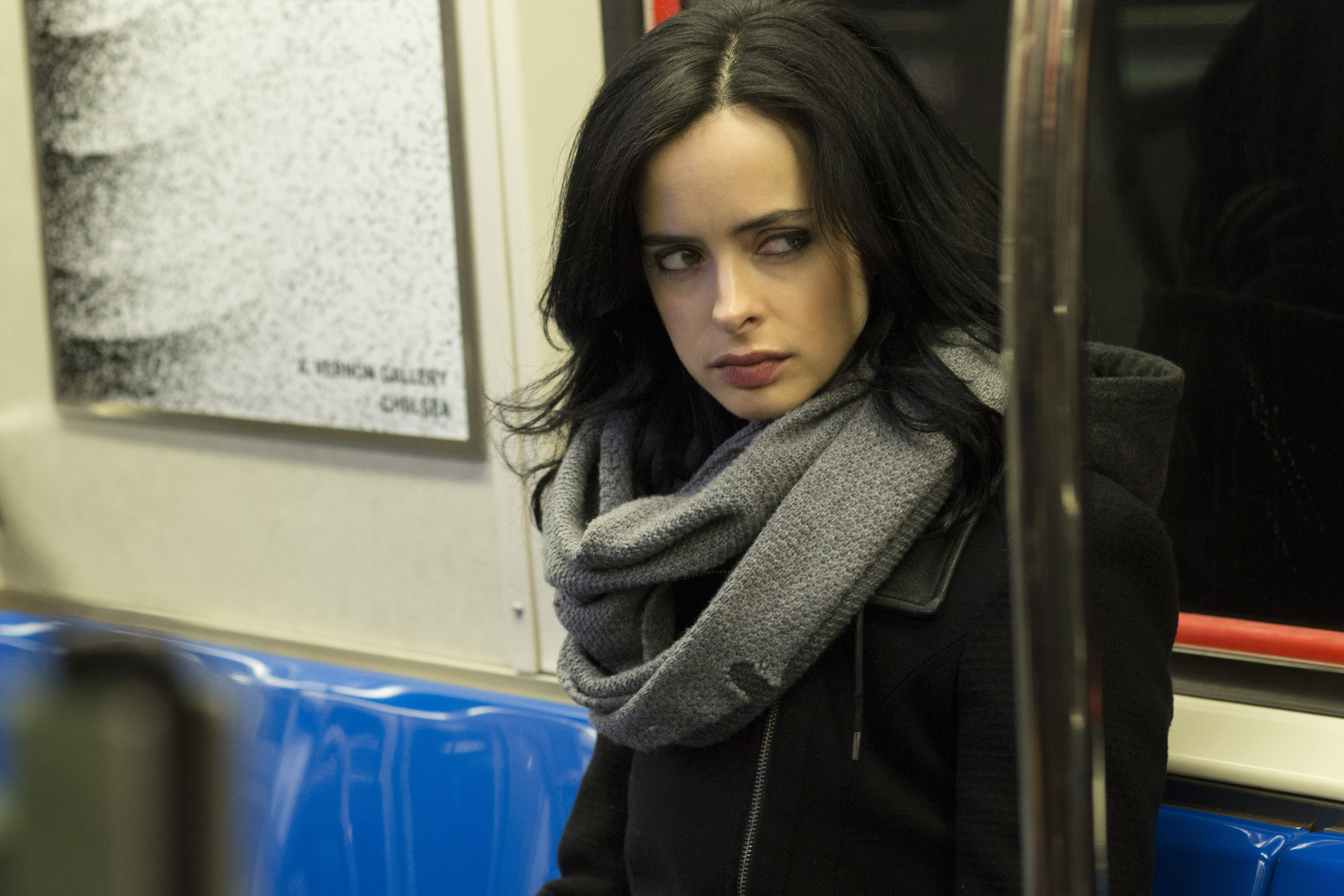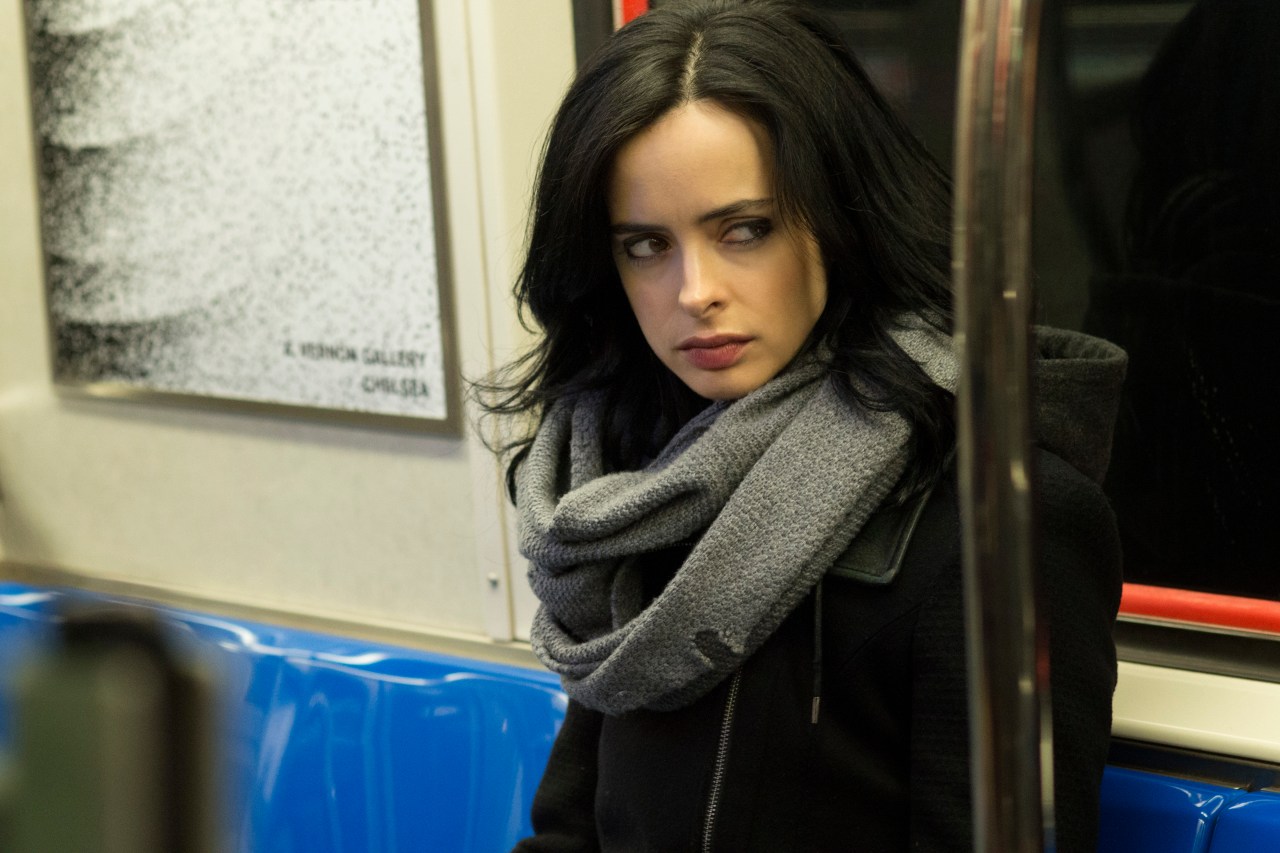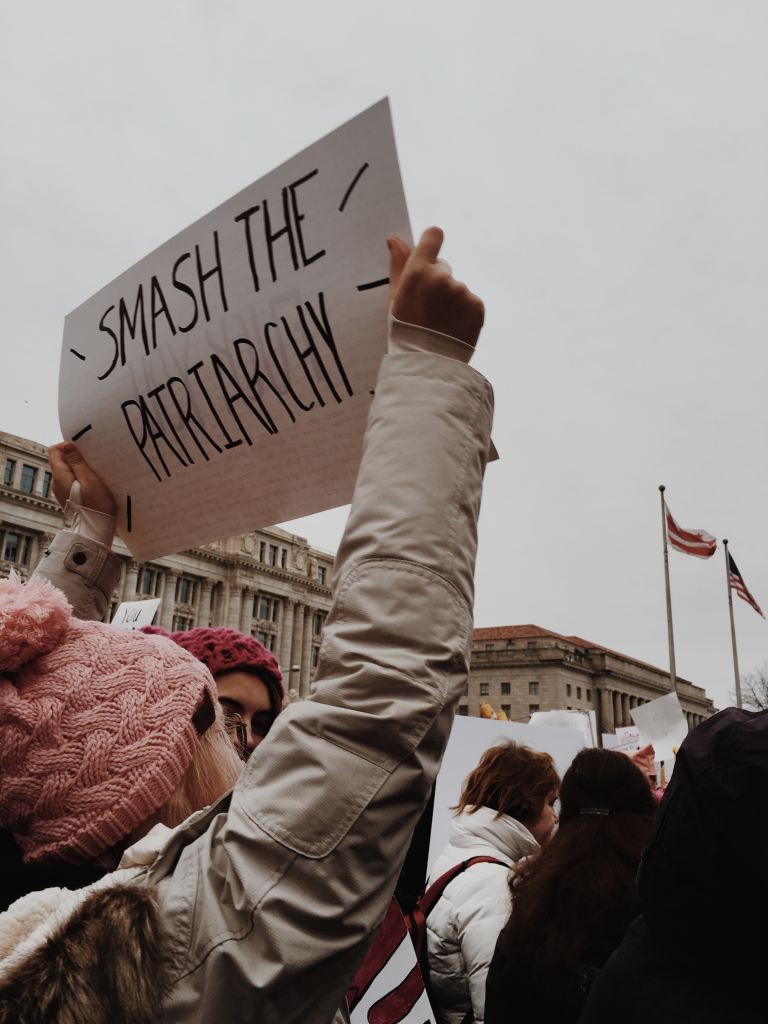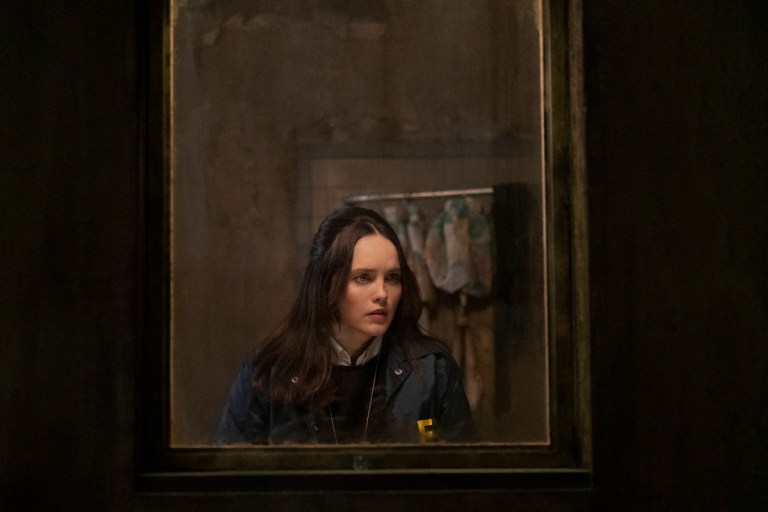5 Ways The Women Of ‘Jessica Jones’ Are Changing Women’s Representation On Television

Netflix’s latest series, Jessica Jones, based on a female superhero from the Marvel Comics universe, has been quickly branded as the darkest, most intense comic show ever made. The first season is winning points with critics and viewers for its roster of talented actors and its deft handling of complicated subjects such as female sexuality and rape. Chock full of multi-faceted female characters without the aftertaste of stereotypes, the best thing about Jessica Jones may be the fact that women rule the show.
The female audience is strong and growing for comics. Female action roles, even leads, are not new. (I am still waiting on Zena and a Seven of 9 mashup series). Film and television based on comics and fantasy material, nonetheless, historically pander to young, male audiences. This often means would be she-roes are forced to kick butt in tight, skimpy outfits and/or serve as help-mates comfortably in the shadow of the male protagonist. Feminists and other gender empowerment conscious types usually have to overlook a great number of sins to find media that barely skims the Bechdel Test.
The Bechdel Test, originally applied to films, has also been used to evaluate female presence in narrative television programs. The criteria are simple: 1) There must be at least two women who 2) Talk to each other 3) About anything except men. Passing the Bechdel Test does not imply the material has a feminist slant. Nor does passing guarantee that there will be substantial or positive depictions of women. Results can provide, however, a good indication of whether at least two of the female characters weren’t merely contrived to revolve around the needs of the male characters in the show.
Jessica Jones’s narrative blows the test away. With her leather jacket and posse of formidable women pals, we have proof that depictions of women in fictional media do not have to be sprinkled with tired gender tropes in order to appeal broad audiences. Here are 5 Ways the Women of Jessica Jones Slay the Superhero Genre:
1. The major roles are played by women—except for one—and all of these are gender blind. Jessica’s lawyer, for example, with her marriage and ethical conflicts, could have easily been a man. None of the women are defined by traits or quirks we see too often linked exclusively to women, such as subservience, helplessness, self-sacrificing nurturing, or the commonly depicted obsession with making oneself attractive to the opposite sex.
2. The women have interesting relationships with each other that are integral to the plot (and, again thankfully don’t revolve around shopping and makeup conversations). The most intense relationship in the series is between two women, Jessica and Trish. Sparks fly and meaningful tension mounts on-screen between several different combinations of the female characters. Yes, there are men in the show but the women dominate the screen.
3. The women are sexual and sexy but not sexualized. Jennifer Pozner (Media Critic, Author of Reality Bites Back, and Founding Director of Women in Media and News) says the main character is “darkly nuanced and real in a way that we don’t see too often…and attractive on her own terms”. Indeed, no one is forced into a cat suit, either.
4. In this show, the women rescue male characters and go against male villains. They achieve this with other women and, if necessary, without men. Jessica Jones, a victim herself, is cognizant that her mission to save the world is going to cost her greatly. But, she manages to proceed anyway. According to Jennifer Pozner, Jessica “ is a survivor…she doesn’t want to see other women go through the abuse that she suffered…”. In this way, the narrative obliterates the cliché of the female victim as a helpless and pathetic figure.
5. The characters are strong, smart, capable and likable without having to be perfect. This scenario can be refreshing. Jessica Jones, as Jennifer Pozner notes, “allows a female heroine character to be extremely flawed… as well as being somewhat superhuman (she does have these powers) and yet, still incredibly relatable in a way that is not the traditional way that female characters are presented as relatable”. The characters don’t appear obliged to compensate for their rough edges with humor or flirting.
So, no femme fatales, no angels, or any idealized do-gooders in this show. Another female viewer remarked on social media that Jessica’s “somewhat inchoate superpowers also has the (unintended?) effect of not making women feel inadequate in comparison to a fictional character…who clearly has her own struggles and feelings of inadequacy.” Yes, that, exactly.
Things that would be terrific to see next season:
- More female characters of color. All the major female roles on this show are white. The story takes place in New York City, so double up on the diversity please. In fact, if Bones and Sleepy Hollow can pull off a crossover, why can’t Watson (played by Lucy Liu) from Elementary swoop in for an episode to help Jessica track a new villain?
- Speaking of crossovers: Sneaking in Claire Temple (Rosario Dawson) from DareDevil? Well-played, Netflix! The chemistry was electrifying. Please bring Claire back. Often.
- Lose the unhinged stubborn woman as a plot device. Too many shows and films depend on the clueless, unreasonable woman who just won’t listen to provide an 11th hour obstacle for the protagonist. This happens twice in Jessica Jones. Next season, please let the man be responsible for screwing things up badly.

Note: Jennifer Pozner (Media Critic, Author of Reality Bites Back, and Founding Director of Women in Media and News) had only completed a viewing of the pilot at the time of the interview.





